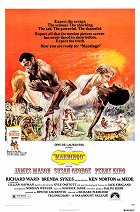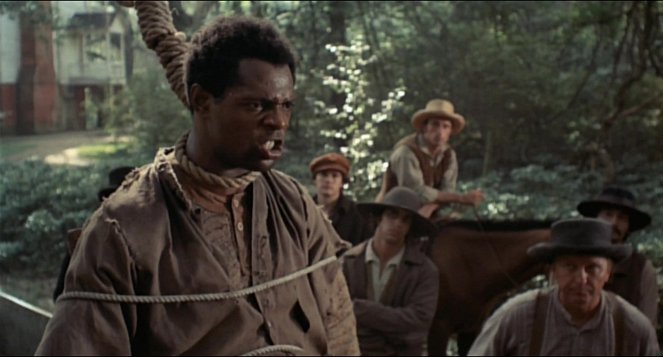Réalisation:
Richard FleischerScénario:
Norman WexlerPhotographie:
Richard H. KlineMusique:
Maurice JarreActeurs·trices:
James Mason, Susan George, Perry King, Richard Ward, Brenda Sykes, Debbi Morgan, Paul Benedict, Ben Masters, Roy Poole, Ji-Tu Cumbuka, Irene Tedrow (plus)Résumés(1)
En 1840, Maxwell, un riche propriétaire de Louisiane, oblige son fils Hammond à épouser Blanche, sa cousine, pour conserver la pureté génétique de son clan. Découvrant que sa femme n'est pas vierge, Hammond la délaisse et entame une liaison avec Ellen, une jeune esclave... (ESC Distribution)
Critiques (1)
At the time when major Hollywood studios – and even the category’s main production company, American International Pictures, which had major stars such as Pam Grier, Fred Williamson and Jim Brown – were pulling out of blaxploitation film production, the ambitious producer Dino De Laurentiis got involved in productions oriented toward the African-American audience. His spectacular project gave that audience a narrative picture of the American South during the era of slavery, which had the purpose of demythologising the traditional image of that era and its plantation society as it was presented in Southern novels, as well as in mainstream Hollywood films such as Gone with the Wind (whose iconic poster was paraphrased by the creators of Mandingo when they were promoting their work). As a blatantly shocking plantation blaxploitation film, Mandingo is composed of sequences that show the ideological obscurantism and excessive racism on the part of whites and the physical and verbal humiliation of blacks. The narrative demythologises the traditional absence of sensuality and sexuality within the walls of the plantation houses. Whereas typical Southern stories resolutely separate the animalistic baseness of blacks from the chasteness of their white masters, here viewers are supported in their assumption about how the white masters used black women in reality, as well as how the mistresses gave vent to their libidos with well-endowed black males. Mandingo was a big hit in its time, which led to the short-lived popularity of plantation blaxploitation films. Dino De Laurentiis followed up the success of Mandingo with the similarly conceived and iconoclastic epic Drum (1976).
()

